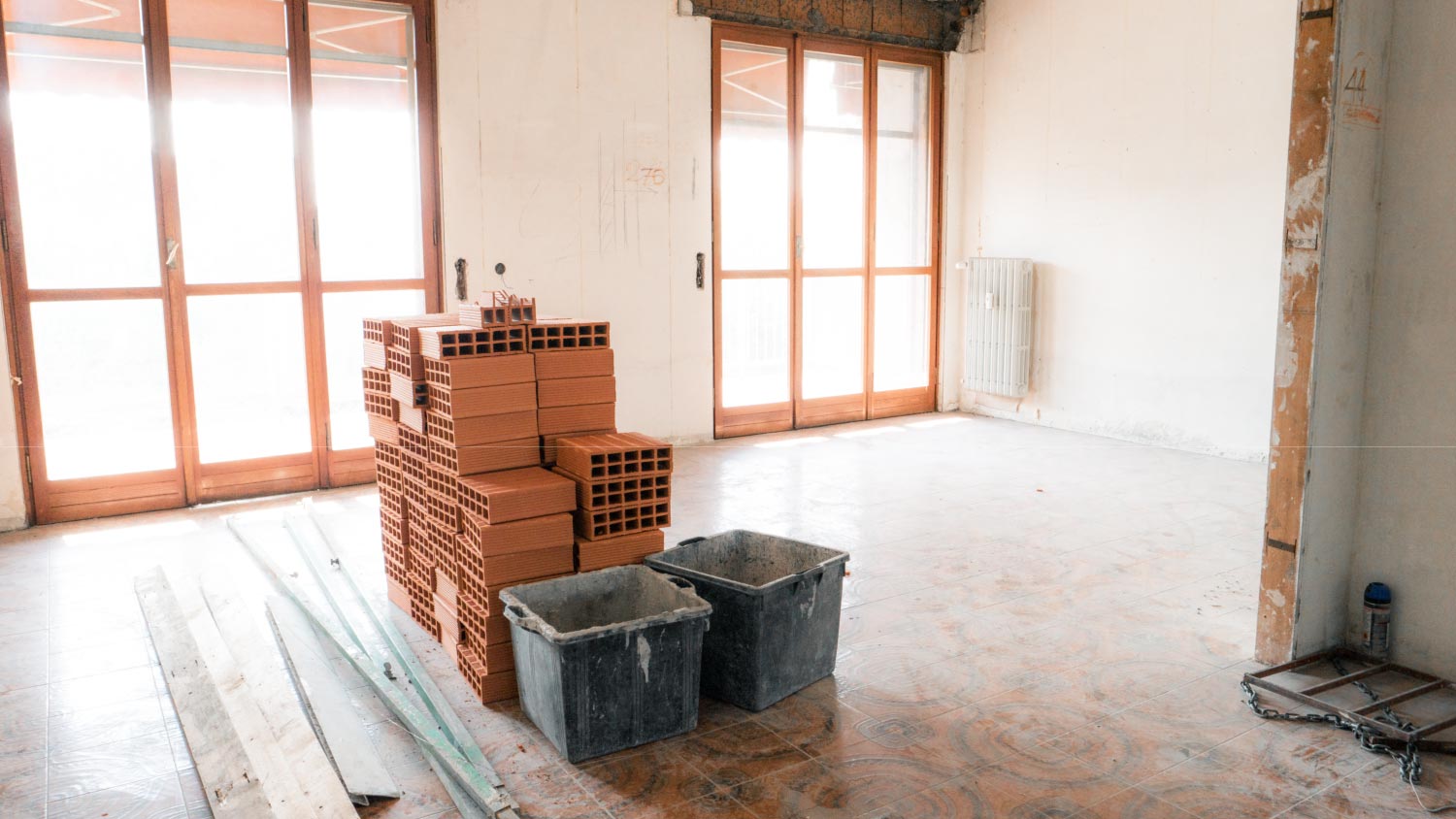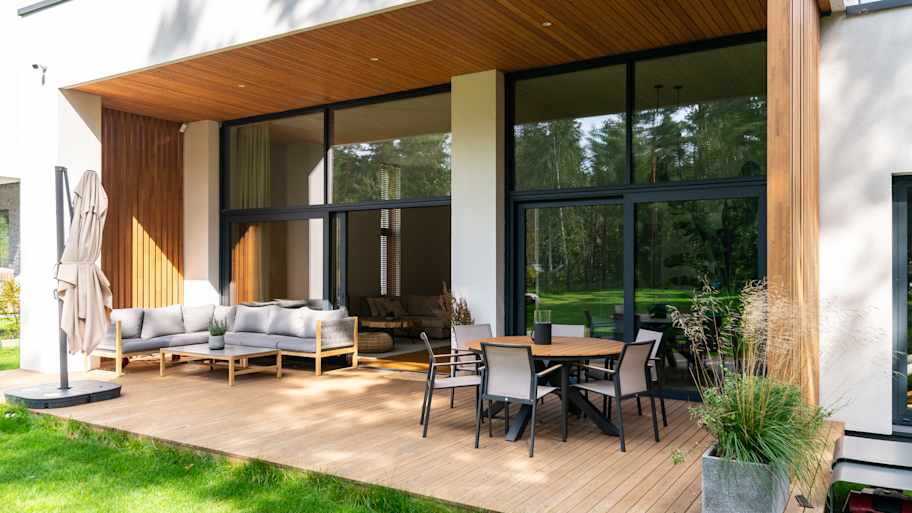
Sometimes, all your home needs is a new wall to make a room or provide an updated function to an existing space. Learn how much it costs to install a new wall.
Turn your scraps into savings with a green demolition


Demolition waste accounts for 90% of all construction waste.
The deconstruction process may last seven to 10 days or longer.
Green demolitions cost between $20,000–$25,000 for an entire house.
Search for green demolition companies that are LEED-certified.
Deconstructing your home might sound like a figurative, modern philosophy, but green demolitionists turn this abstract concept into a real—and environmentally-friendly—method for reducing waste. And, whether your project involves renovating a few rooms, demolishing an entire house, or just replacing the roof, salvaging unwanted materials keeps building materials out of landfills. It might also give you a nice rebate. Read on for more details about green demolition and its benefits.

Green demolition is a type of deconstruction that aims to reuse as much of the debris generated from demolition as possible. When a homeowner needs to demolish, instead of bulldozing the structure, a green demolition service provider uses a crew to take apart the house by hand.
Often this involves systematically working backward from how the home was originally built to preserve as many parts as possible. The parts are then either reused in the construction process, donated, recycled, or placed in a landfill. Most materials, however, do not go to landfills; 50% to 85% of materials can be reused, depending on the type and state of the material.
The EPA states that demolition waste made up more than 90% of all construction and demolition waste in 2018.
Instead of hauling unwanted items and scraps to a landfill like traditional demolitions, green demolition workers salvage parts of the home that can be reused and aim to recycle almost everything else. Salvaged items typically include:
Doors
Windows
Cabinets
Lighting fixtures
Plumbing fixtures
Framing lumber
Roofing materials
Flooring

Green demolition comes with many pros that make it a good option for homeowners hoping to save money and resources. These include:
Less waste production
Better conservation of finite resources
Creates job opportunities
Keeps resources in use
May come with local rebates
Can be donated to nonprofit reuse stores for credits
Preserves reusable materials
Since green demolition is hands-on and requires a larger team and time frame for completion, this type of demolition increases local job opportunities. It also encourages a more conscientious lifecycle for materials through recycling, resale, and reuse, significantly reducing how much waste enters landfills.
Though there are many benefits to choosing a green demolition, there are also a few drawbacks to consider.
The deconstruction process often adds time to a project. A traditional home demolition takes two to five days. In comparison, a deconstruction project may last seven to 10 days or longer, depending on the size of the home and the complexity of the project. For example, a smaller kitchen or bathroom deconstruction project should only take a few days.
Deconstruction can also impact your bottom line due to increased labor costs. A typical green deconstruction project averages around $20,000 to $25,000 for an entire house compared to $10,000 to $15,000 for a conventional demolition cost.
However, customers can mitigate the price by reusing deconstructed materials during the reconstruction process. That way, the homeowner spends less on materials in the next phase of the project. You might also be able to offset costs with rebates from your local or state municipality.
Before you start the search for a green demolition company, you’ll need to obtain a demolition permit and have an inspection. Once that’s complete, you can move forward with hiring a demolition contractor. To find a demolition contractor near you, conduct an initial search to look for reputable businesses. Make sure the company has a website, and sift through reviews, testimonials, and the company’s mission statement and pledge for sustainability.
You’ll also want to check to see if they are in compliance with your state or local regulations and have the proper licensing and certifications. One of the most key certifications is the Leadership in Energy and Environmental Design (LEED) certification. This certificate follows rigorous guidelines that ensure the company is experienced in responsible demolition and green construction.
Create a list of at least three companies so that you can compare quotes, demolition practices, and how they go about recycling and donating your old materials.
In some instances, it may be difficult to find a demolition contractor who will take on the extensive work required in a large deconstruction project. Some companies prefer to deconstruct one or two rooms instead of the whole house.
So, if you’re hoping to deconstruct your entire house, make sure that you ask the company if they offer whole-home deconstruction as a service before getting started.
From average costs to expert advice, get all the answers you need to get your job done.

Sometimes, all your home needs is a new wall to make a room or provide an updated function to an existing space. Learn how much it costs to install a new wall.

Discover stair repair cost estimates, including average prices, key cost factors, and tips to help you budget for your stair repair project.

Going from an undeveloped plot to your dream home can be expensive. Learn about the cost to develop land and what factors can affect your total.

Deciding between using cedar vs pressure-treated wood for your outdoor project comes down to budget, appearance, durability, maintenance, and other factors.

Paperwork is a critical part of any home renovation, helping to protect you and your home from any problems that arise during the project. Learn about all the paperwork you should receive from your contractor for a smooth renovation.

To create a comfortable indoor environment, learn how to soundproof a ceiling. We’ll break down the different ways to get it done.